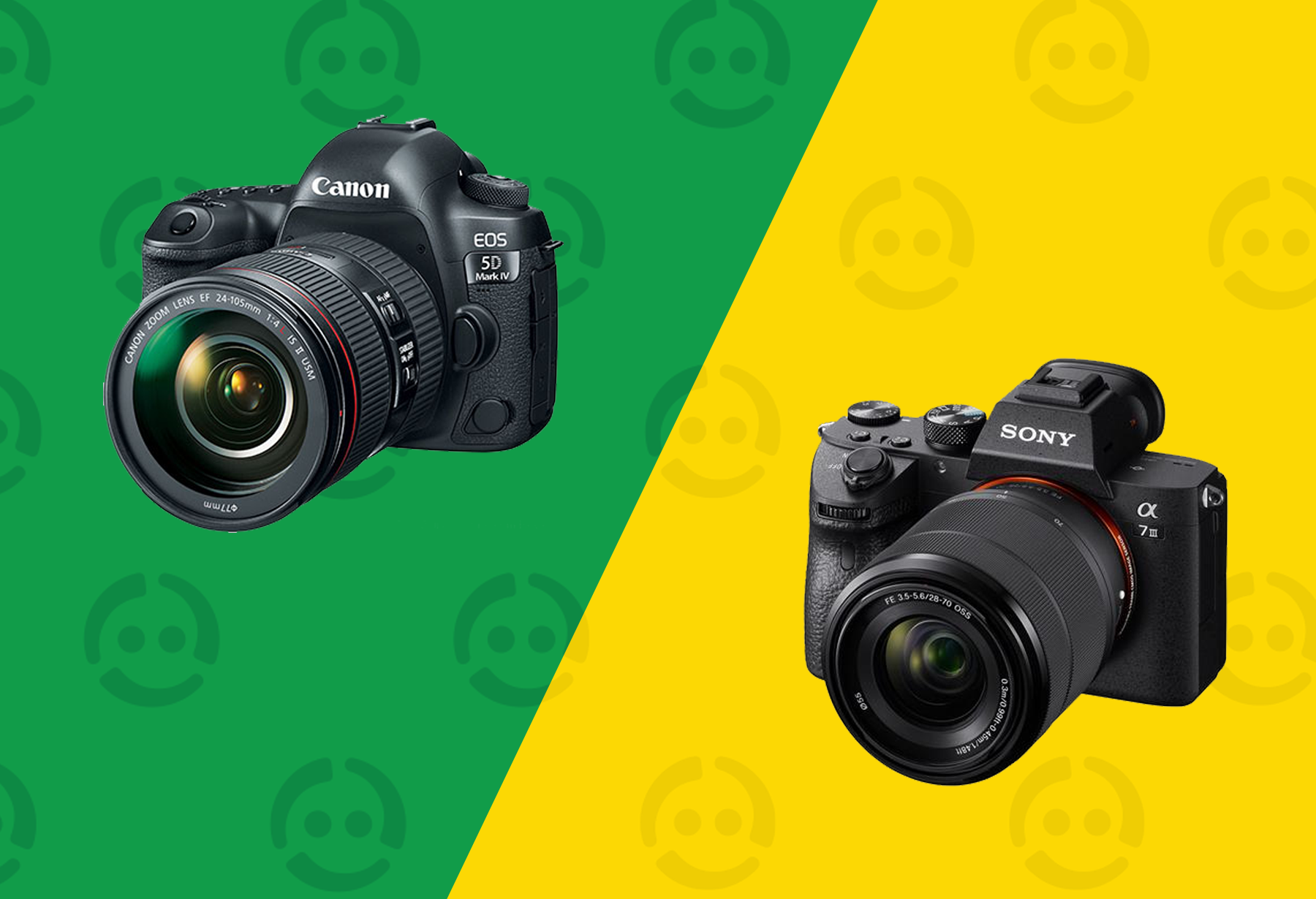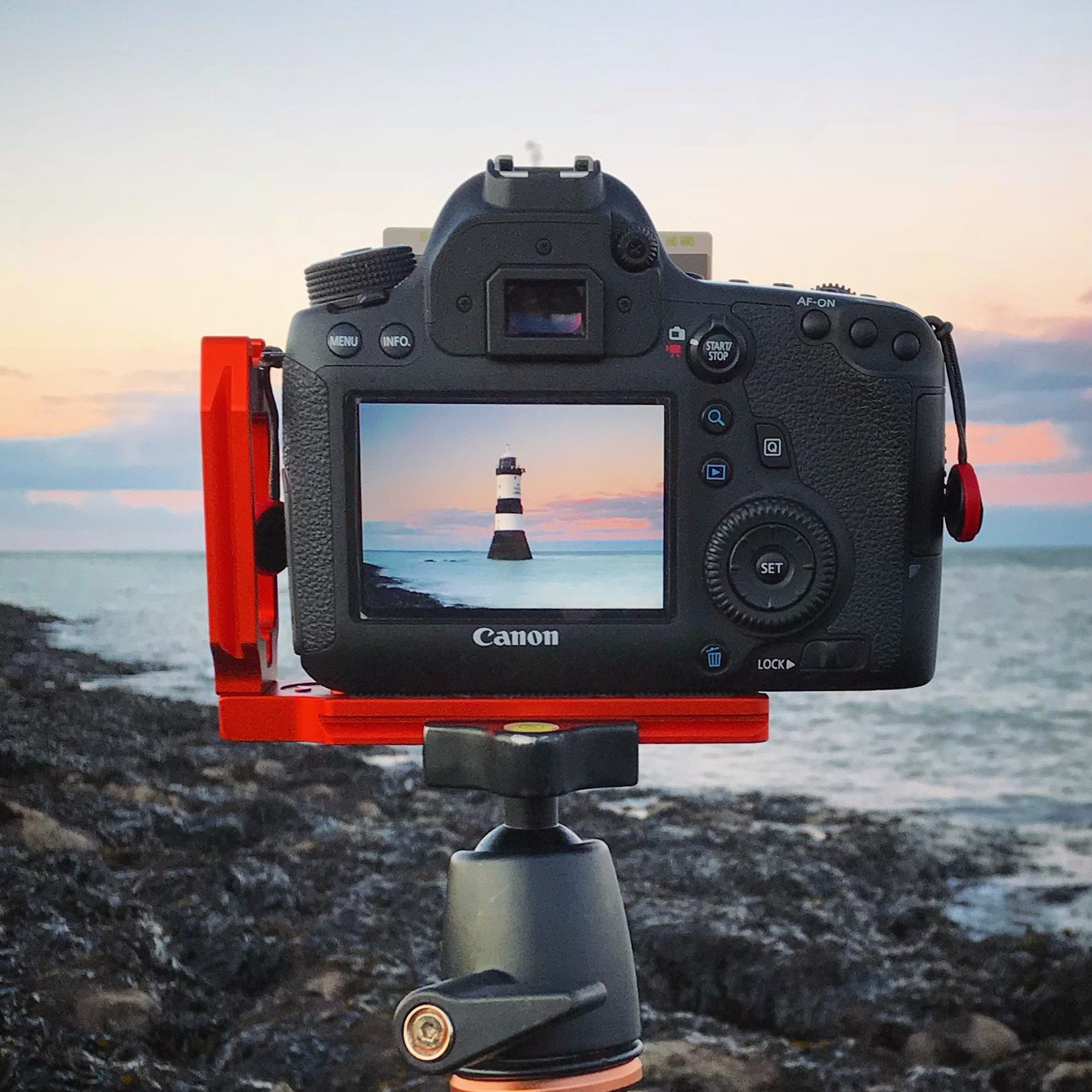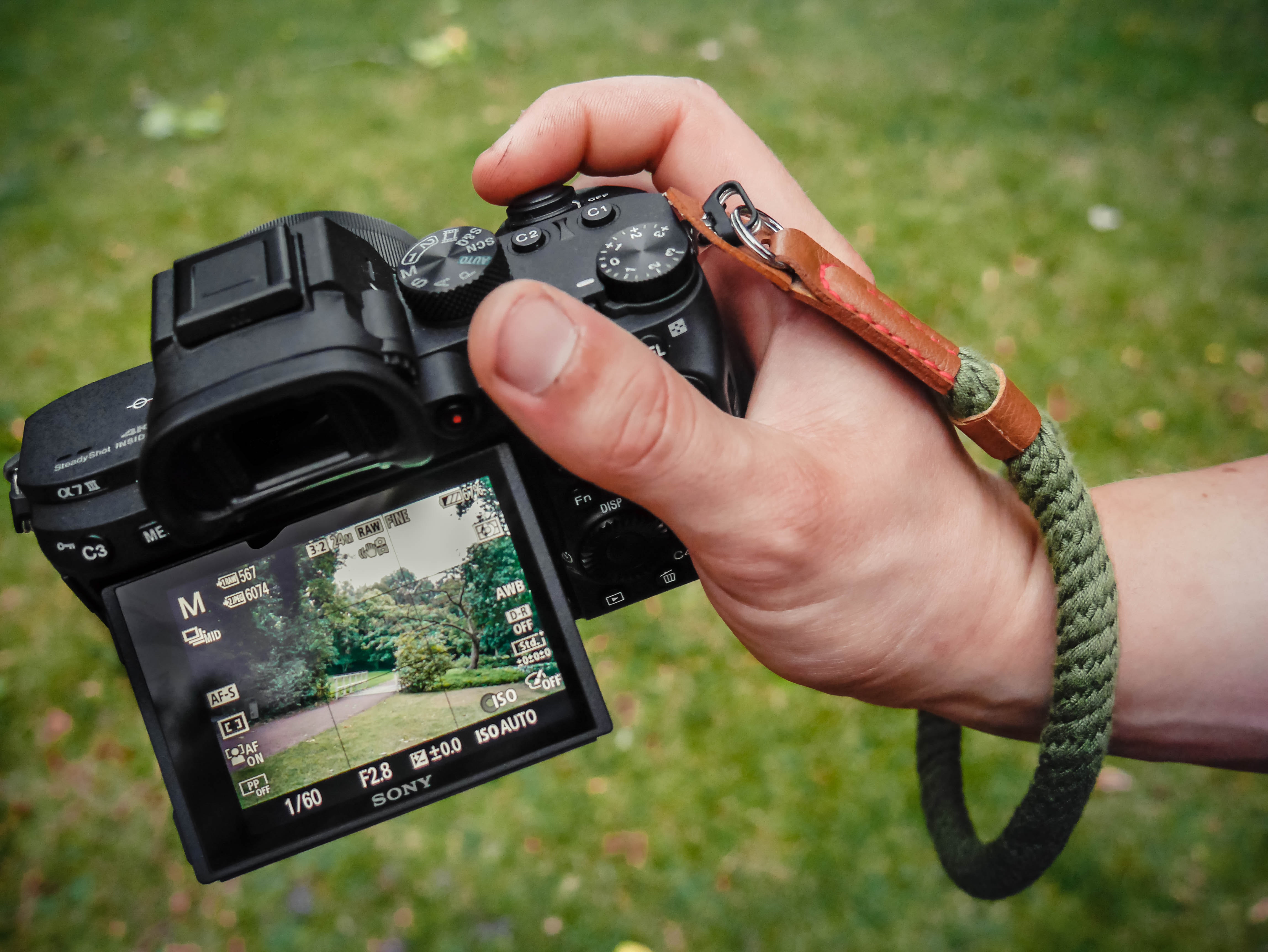If you’re new to the photography game, you might be wondering – what is the difference between a DSLR and a mirrorless camera? In the last decade, mirrorless cameras, also known as compact system cameras or CSCs, have flooded the market, as more people are looking for affordable, smaller alternatives to DSLRs. Ever since Panasonic released the first mirrorless camera in 2008, the entire camera market has changed. DSLRs once ruled the professional photography scene, but that is changing fast.
As mirrorless cameras are increasing in popularity, you might also be wondering why you might consider a mirrorless camera over a DSLR. We put together this short breakdown of the differences between mirrorless cameras and DSLRs to offer a guide to understand the two better. Both types of cameras have their pros and cons, and depending on what your budget is and what you’ll be shooting, one kind might be best for you. Let’s start at the beginning.
What is a DSLR?
DSLR stands for digital single lens reflex. When using a DSLR, light comes into the viewfinder by hitting a tiny mirror inside the camera body. When the shutter button is pressed, the mirror flips out of the way and allows light to pass through the lens and hit the image sensor. In other words, when you’re using a DSLR, you can only see what you’re shooting through the lens, seen in the Canon camera image below.
What is a mirrorless camera?
Unlike a DSLR, a mirrorless camera doesn’t have a reflex mirror or a traditional optical viewfinder. Instead mirrorless cameras use an electronic viewfinder (EVF) which gives you a digital preview of the image — either on the rear LCD screen or the EVF. This allows you to preview settings like exposure, ISO, focus, or any other adjustments you’ve made before the shot is actually taken. You can see this in the Sony mirrorless camera pictured below.
Price
DSLR: You can get a better device when you buy a cheap DSLR compared to a cheap mirrorless camera. On Swappa, current prices of DSLRs start around $229 and can cost over $4,000.
Mirrorless: Lower end mirrorless cameras often don’t have viewfinders – you can get more for your money when you buy a cheap DSLR. As more mirrorless cameras enter the market, the price gap is closing. On Swappa, prices of mirrorless cameras start around $415 and can cost over $3,000.
Lenses
DSLR: You’ll find a larger range of lenses for the bigger brands of DSLR cameras. If you like to have a variety, DSLR is often times the best way to go.
Mirrorless: Olympus, Panasonic and Fujifilm have a wide range of lenses available, although they don’t have as many to choose from as a DSLR. However, most cameras have lens adapters that allow you to fit any lens onto the camera body of your choice.
Size and Weight
DSLR: Since they need to fit a mirror and prism inside, DSLRs are generally bigger, which means they are also heavier and bulkier and not as easy to transport.
Mirrorless: These cameras are usually lighter and more compact, making it easier to travel with. If you’re going to be doing a lot of handheld shooting or looking for something small to throw in your bag at the last minute, a mirrorless will be much easier to carry.
Battery Life
DSLR: Being able to shoot without using a LCD screen means the battery life of a DSLR is typically better than a mirrorless camera. 600-800 shots is average while better models can shoot over 1,000 shots on a single charge.
Mirrorless: These tend to have a weaker battery life with around an average of 300-400 shots on one charge. If you’re shooting something over a long period of time, we recommend keeping an extra battery with you.
Video Quality
DSLR: These cameras are known to be worse than mirrorless for recording videos – and entry-level models rarely offer video in 4K Ultra High Definition.
Mirrorless: These cameras tend to offer better video quality and are famous for shooting in 4K. Plus, since mirrorless cameras are lighter, they’re easier to use for shoots that require lots of handheld movement.
Whether you’re interested in a DSLR or a mirrorless camera, you can save a ton of money when you buy a gently used model right here on Swappa. To help offer a little guidance, we’ve put together a quick list of things you should know about a used camera before you buy. These tips will hopefully help you avoid unwanted stress and problems down the line. At Swappa, it’s important to us to keep everyone safe online, whether you’re shopping on with us or on another marketplace.
If you’re ready to start shopping for a used camera, tap the button below.






